Audi Relaunches Hydrogen Program; Industry's Battery Woes Intensify

While electric vehicles have improved by every metric, sourcing the raw materials necessary for their production hasn’t gotten any easier. In fact, with more mobile devices and EVs on the market than ever before, automotive batteries are becoming harder to procure with any reliability. Volkswagen Group, which has been on a tear to promote electrification following its diesel emissions crisis, knows this better than anyone.
Audi’s all-electric E-Tron SUV experienced several delays after VW Group encountered trouble in sourcing batteries at a reasonable price. As the company continues endorsing EVs as an important part of its future, its rhetoric is beginning to soften — with the company now taking another look at hydrogen fuel cell technology.
According to Autocar, the German automaker plans to reestablish its H-Tron program to help offset any EV-related stalls and help Volkswagen AG establish a useful hydrogen-powered platform.
“We really want to speed it up,” Audi chairman Bram Schot told the outlet. “We are going to put more priority into hydrogen fuel cells – more money, more capacity of people and more confidence.”
Audi confirmed the reveal of a new, sixth-generation hydrogen fuel cell prototype later this year, with Schot adding that a limited-volume pilot production Audi FCEV could be offered to customers as part of a leasing program by 2021. While we’re often suspect of vehicles automakers refuse to sell via traditional channels, fuel cell vehicles don’t make a lot of sense to own – they’re only useful in the few locales with a hydrogen fueling network, and most garages couldn’t possibly service them.
This also makes it more difficult to take FCEVs seriously as an alternative to traditional internal combustion or battery powered vehicles.
Earlier this month, Tesla’s global supply manager, Sarah Maryssael, told a conference of mining executives and lawmakers that the company expects to see global supply shortages of the materials needed to produce batteries for electric cars. Meanwhile, battery producers are battling it out over intellectual property right, while some automakers bemoan the amount of cash they’ve already devoted to EV development. A troubled Jaguar Land Rover recently cited it as one of its biggest financial issues. Hoping to share development costs, other manufacturers are teaming up.
From Autocar:
A timescale for volume production of Audi FCEV models has yet to be decided, but Schot is confident this could occur during the second half of the next decade. The new fuel cell technology is developed from a cross-licensing agreement with Hyundai, which already sells the Nexo SUV. The two car makers announced they were joining forces on FCEV development in June last year.
At the 2016 unveiling of the h-tron fuel cell concept, Audi claimed a range of up to 600km (373 miles). Crucially, it also promised a refuelling time of just four minutes.
The decision to push ahead with fuel cell development comes in the middle of a broader £12 billion offensive in which Audi will launch up to 12 pure-electric battery-driven models by 2025.
Having driven the Nexo, this author can say its powertrain is serviceable, but nowhere near awe-inspiring. Its biggest issue remains the limited range and availability created by its dependance on scarce California hydrogen fueling stations. It doesn’t work anywhere else in North America because it can’t. Presumably, all of this will be equally true for Audi’s FCEV. Still, Schot worries that material shortages and high costs for EVs may leave the company with few alternatives.
“If this modality is here to stay, then you have to try to find the most effective and efficient way to drive electric,” he said. “And then you come to hydrogen fuel cells.”
Though hydrogen-powered cars are technically electric, some environmentalists claim they’re less eco-friendly than battery-only vehicles. Much of this relates to how the gas is stored and shipped; creating hydrogen is also expensive and most commercially available sources burn quite a bit of natural gas just to procure it. However, as with battery tech, a “major breakthrough” is always, seemingly, just around the corner.
Audi’s sixth-generation hydrogen fuel cell prototype is said to include a plug-in option for those times when hydrogen is in short supply (i.e. all of the time).
It looks as if automakers are having a hard time coping with ever-increasing emission quotas and need to slot vehicles into their lineups that look good on an environmental spreadsheet — regardless of how much they cost or how many people actually buy them. EVs aren’t quite ready for the unwashed masses and supply chain problems aren’t likely to help. With this in mind, OEMs are keen to put their greenest face forward while acknowledging a lot of unanswered questions still exist around “future mobility.”
“If you look at electrification, it means more expensive cars, but also we need to invest in petrol and diesel engines in the next few years, which will also increase prices so mobility in general will be more expensive,” Schot said in an earlier interview with Autocar. ” The question is: are people going to settle for different kinds of cars, are people going to settle for different kinds of brands, are people going to settle for the same car but a different engine? What does it mean for sharing? I don’t know.”
[Image: Volkswagen Group]

A staunch consumer advocate tracking industry trends and regulation. Before joining TTAC, Matt spent a decade working for marketing and research firms based in NYC. Clients included several of the world’s largest automakers, global tire brands, and aftermarket part suppliers. Dissatisfied with the corporate world and resentful of having to wear suits everyday, he pivoted to writing about cars. Since then, that man has become an ardent supporter of the right-to-repair movement, been interviewed on the auto industry by national radio broadcasts, driven more rental cars than anyone ever should, participated in amateur rallying events, and received the requisite minimum training as sanctioned by the SCCA. Handy with a wrench, Matt grew up surrounded by Detroit auto workers and managed to get a pizza delivery job before he was legally eligible. He later found himself driving box trucks through Manhattan, guaranteeing future sympathy for actual truckers. He continues to conduct research pertaining to the automotive sector as an independent contractor and has since moved back to his native Michigan, closer to where the cars are born. A contrarian, Matt claims to prefer understeer — stating that front and all-wheel drive vehicles cater best to his driving style.
More by Matt Posky
Latest Car Reviews
Read moreLatest Product Reviews
Read moreRecent Comments
- Tassos Great Choice, far better than an ES350. I prefer one size larger and a V8 as in the LS460, but it is probably not as agile as the GS.And thus spake the REAL TASSOS.
- Ajla "appealing to its customers"
- Cprescott Ah, Lexus before it became uncontrollably hideous looking. Those were the days!
- FreedMike Glad that one worked out for you!
- Urlik My issue with gigacasting is future repairabilty. It may save in manufacturing but all the savings will get eaten up by the consumers in increased insurance costs.



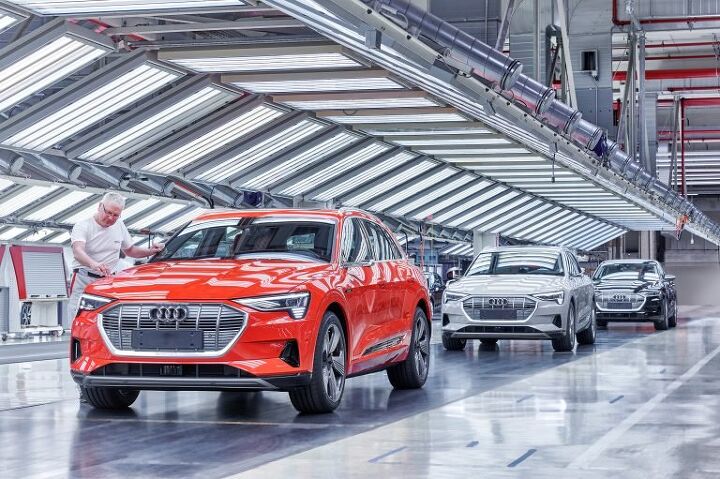
















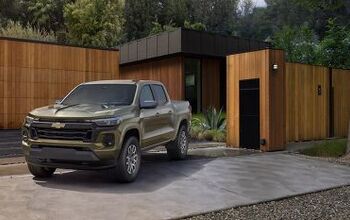

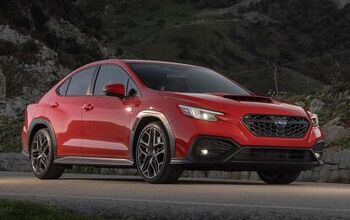
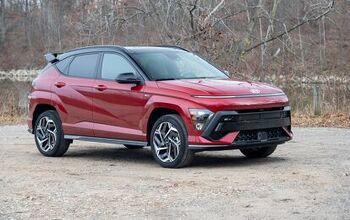


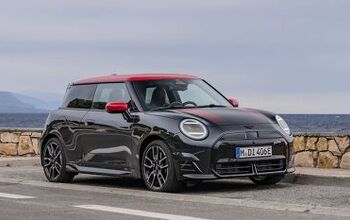


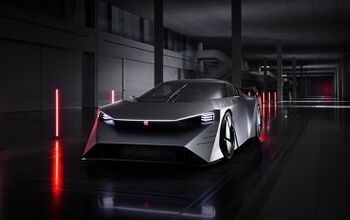

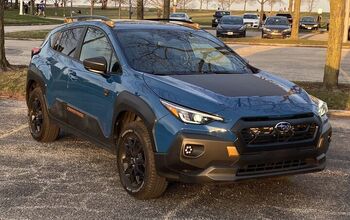


Comments
Join the conversation
There is a compelling case for fuel cells for commercial trucks and buses which expect to be back at a depot nightly where they could be refueled. If battery powered, the charging infrastructure needed for larger vehicles is substantially more expensive than for passenger vehicles.
H2 fuel cells are, at least conceptually, viable. Battery electrics is much less certain in that regard. Far and away the simplest way to electrify cars, is to do what has worked forever, for similar high draw household appliances: Provide an outlet they can draw power from, on an as needed basis. While hardly easy, making an electric outlet movable, is one heck of a lot easier than building an H2 infrastructure, at least in fairly stable societies where the time between everything being blown to pieces is longer than a week or so.